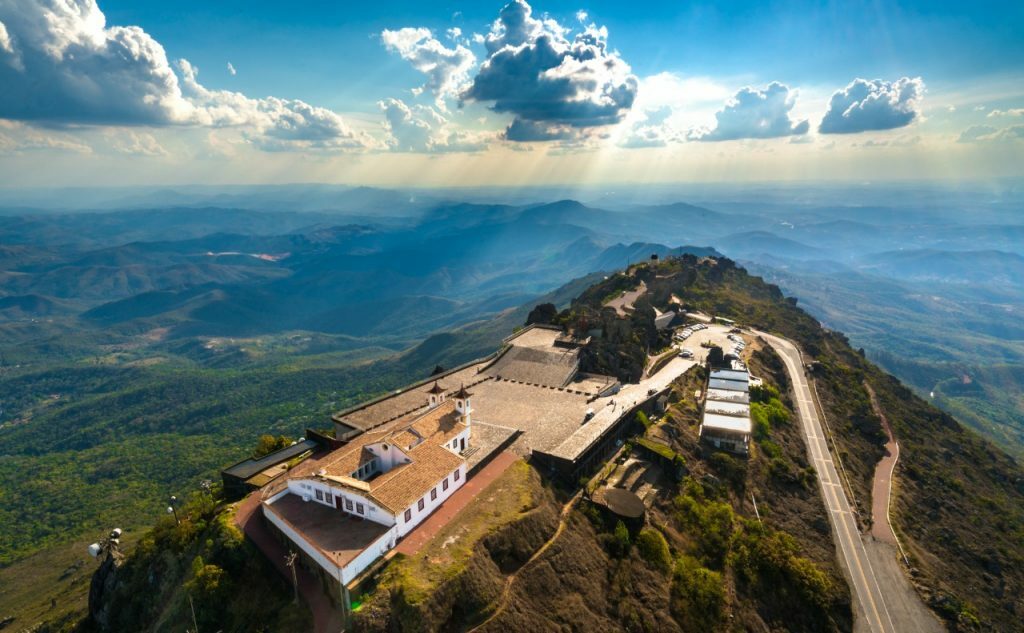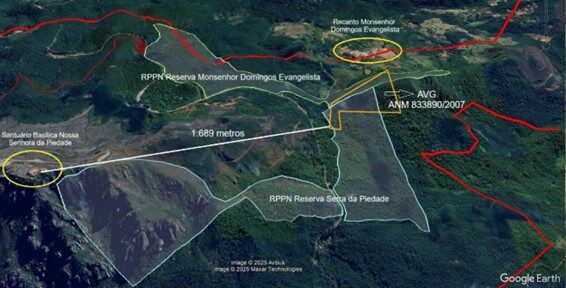The Public Prosecutors Office, the Minas Gerais Public Prosecutor’s Office, the Public Defender Office and the public defenders of Espírito Santo and Minas Gerais asked for the suspicion of Judge Mário de Paula Franco Júnior, from the 12th Federal Court of MG, responsible for the Samarco Case.
The request is largely based on exclusive stories published by The Mining Observatory and the videos that revealed frequent meetings of Judge Mário de Paula advising lawyers on how they should proceed to achieve what later became the “Simplified Indemnity System”.
Upon entering the system, the applicant needs to give up open rights, commit to not opening lawsuits abroad and closing the registration for other people affected. The new system has already paid more than R$ 90 million directly to lawyers, who receive 10% of each lawsuit, as established by the judge.
The justice institutions ask Judge Mário de Paula to recognize himself as a suspect in the face of the facts presented and, if he does not do so, to submit the case files for analysis by the Federal Regional Court of the 1st Region. In this case, provisional protection may remove Mário de Paula from the case, being replaced by another responsible judge.
The Samarco Case is the largest and most complex civil action in progress in Brazil, concerning the biggest environmental disaster in the country’s history, the rupture of the Mariana dam in November 2015, owned by the mining companies Vale, BHP and Samarco – a joint-venture between brazilian company Vale and the anglo-australian company BHP.
Combination between judge, mining companies and lawyers
The complaint points out that the creation of new electronic processes under secrecy allowed the “Commissions of Affected People” to proliferate across territories, creating an “odd procedural relationship between judge, mining companies and lawyers”. Today, there are already 29 processes pending within the new system in various locations in Espírito Santo and Minas Gerais.
The prosecutors affirm that this “stems from the fact that this establishment was previously dealt with” between the judge, the lawyers of the aforementioned new “Commissions” and the Renova Foundation, created to repair the disaster and responsible for the payments, in violation of art. 145, II, of the Civil Procedure Code.
Citing the first story published by the Observatory on March 11, 2021 with the meeting between Judge Mário de Paula and the São Mateus Commission (ES), the request states that “the meeting was not communicated to the procedural parties, nor was it recorded in the case file”.
Judge Mário’s speeches in the video, they say, confirm that the “simplified compensation system” is the product of a simulated dispute – collusion – “repeated over a dozen times”.
When any “Commission” goes to court, it does so because its lawyers and companies have previously made “deals” (words of the judge) about how these processes will end. Of these “dealings”, they remember, there is no record in the case file, nor communication to the Justice Institutions.
Public Prosecutors ‘and Defenders’ offices draw attention to the fact that mining companies never appealed the convictions when they arose because “there was never a real dispute” between these new Commissions and the mining companies, but a prior adjustment.
“Second division of affected people”
Referring to the second story published by the Mining Observatory on March 17 about a new meeting of Judge Mário de Paula now in January 2021 with lawyers from various commissions in Espírito Santo, the attorneys and defenders affirm that it is “implied that only those affected who adhere to the system instituted by the judge will be promptly attended to in their indemnity claims”.
Those who disagree with the system are not attended to, they point out. “Those who choose to pursue their rights in another way, through more robust damage matrices, will be in a kind of “second division of affected people”, in a never-ending waiting for a judicial decision that, as announced, should not occur in a near horizon.
Regarding the duty of impartiality, the text of the action highlights a vote by Supreme Court Minister Ricardo Lewandowski, who states that “the impartiality referred to in international documents and our own Major Law means, first of all, that magistrates are prohibited from taking sides regarding the interests that are submitted to them”.
According to the prosecutors and defenders, in summary, the judge’s behavior went beyond the limits established by the Organic Law of the National Judiciary and the Code of Civil Procedure on several occasions.
Ask to comment on the suspicion request, the Federal Justice of MG press office stated that “it is a holiday in the Federal Court of Minas Gerais” and that it could only forward the demand for a response next Monday, April 5th. Vale, BHP and Samarco said they would not comment. The Renova Foundation affirmed that the new system “has enabled the payment of compensation to categories with difficulty in proving damages”.
O post Justice Institutions request the removal of Mariana disaster case judge apareceu primeiro em Observatório da Mineração .
Fonte
O post “Justice Institutions request the removal of Mariana disaster case judge” foi publicado em 1st April 2021 e pode ser visto originalmente diretamente na fonte Observatório da Mineração




